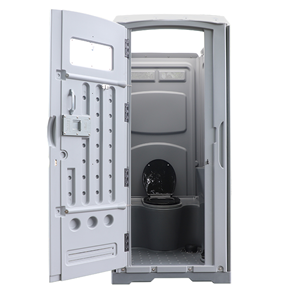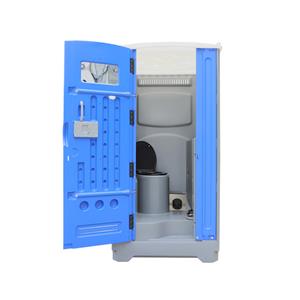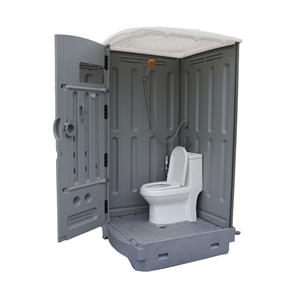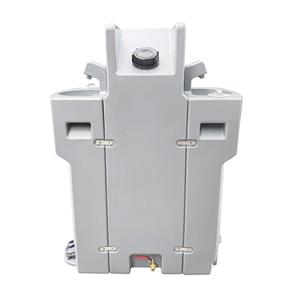The portable toilet Industry: A Critical Component of Modern Sanitation
The portable toilet industry, often overlooked in discussions about infrastructure and public health, plays a vital role in ensuring sanitation in various settings, from construction sites and outdoor events to disaster relief operations. This industry has evolved significantly over the years, driven by increasing awareness of hygiene standards, regulatory requirements, and technological advancements. This blog post delves into the history, current state, challenges, and future prospects of the portable toilet industry, shedding light on its importance in modern society.
A Brief History of portable toilets
The concept of portable sanitation dates back centuries, but it wasn't until the mid-20th century that the modern portable toilet, as we know it today, came into existence. The first portable toilets were simple, makeshift structures used on construction sites and during large-scale outdoor events. These early versions were rudimentary and often lacked proper waste management systems.
The industry saw a significant transformation in the 1960s and 1970s with the introduction of fiberglass and plastic materials, which made portable toilets lighter, more durable, and easier to clean. The development of chemical solutions for waste treatment also marked a major milestone, allowing for better odor control and more efficient waste management.
As the industry grew, so did the demand for more sophisticated and user-friendly designs. By the 1980s and 1990s, portable toilets had become a common sight at construction sites, festivals, and public events, offering a more hygienic alternative to traditional temporary sanitation solutions.

The Current State of the portable toilet Industry
Today, the portable toilet industry is a multi-billion-dollar global market, serving a wide range of sectors including construction, agriculture, events, and emergency response. The industry is characterized by a diverse range of products, from basic single-unit toilets to luxurious, multi-stall restroom trailers equipped with air conditioning, running water, and other amenities.
One of the key drivers of the industry's growth is the increasing awareness of the importance of proper sanitation. According to the World Health Organization (WHO), inadequate sanitation is a major cause of disease worldwide, and the availability of clean and safe sanitation facilities is crucial in preventing the spread of infectious diseases. portable toilets provide a practical solution in situations where permanent sanitation infrastructure is not available or feasible.
Key Segments of the Industry
Construction Sites: The construction industry is one of the largest consumers of portable toilets. Regulations in many countries require construction sites to provide adequate sanitation facilities for workers, making portable toilets an essential component of site planning. These units are designed to be durable and easy to maintain, with features such as hand sanitizers, sinks, and flushable options becoming increasingly common.
Outdoor Events: From music festivals and sporting events to weddings and fairs, portable toilets are a necessity for ensuring the comfort and hygiene of attendees. Event organizers often opt for more upscale portable toilets, with features such as handwashing stations, lighting, and ventilation. The demand for luxury restroom trailers has also increased, particularly for high-end events where comfort and aesthetics are a priority.
Emergency and Disaster Relief: In times of natural disasters or other emergencies, access to sanitation is critical. portable toilets are often deployed to provide temporary sanitation solutions in affected areas, helping to prevent outbreaks of disease and maintain public health. The industry has responded to this need by developing specialized units that are easy to transport and set up in challenging environments.
Agriculture: Farms and agricultural operations, particularly those with seasonal or temporary workers, rely on portable toilets to meet sanitation needs. These units are typically rugged and designed to withstand harsh outdoor conditions.

Challenges Facing the Industry
Despite its growth and importance, the portable toilet industry faces several challenges that could impact its future trajectory.
Environmental Concerns: One of the biggest challenges is the environmental impact of portable toilets. Traditional chemical toilets rely on chemical solutions to break down waste, which can be harmful to the environment if not properly disposed of. The industry is increasingly focusing on developing eco-friendly alternatives, such as composting toilets and units that use biodegradable chemicals. However, the adoption of these alternatives has been slow, partly due to higher costs and the need for specialized maintenance.
Regulatory Compliance: The portable toilet industry is subject to a wide range of regulations, which vary by country and region. These regulations cover everything from the number of units required per number of users to waste disposal methods and sanitation standards. Keeping up with changing regulations and ensuring compliance can be a significant challenge for companies in the industry, particularly smaller operators.
Public Perception: Despite advancements in design and technology, portable toilets still suffer from a negative public perception. Many people associate portable toilets with unpleasant odors and unsanitary conditions, which can deter their use. The industry has made strides in addressing these concerns, with newer models featuring better ventilation, odor control, and hygiene measures. However, changing public perception remains a challenge.
Economic Factors: The demand for portable toilets is closely tied to economic conditions. During periods of economic downturn, construction projects may be delayed or canceled, leading to a decrease in demand for portable toilets. Similarly, events may be scaled back or postponed, affecting the rental market. The industry must navigate these economic fluctuations while maintaining profitability.
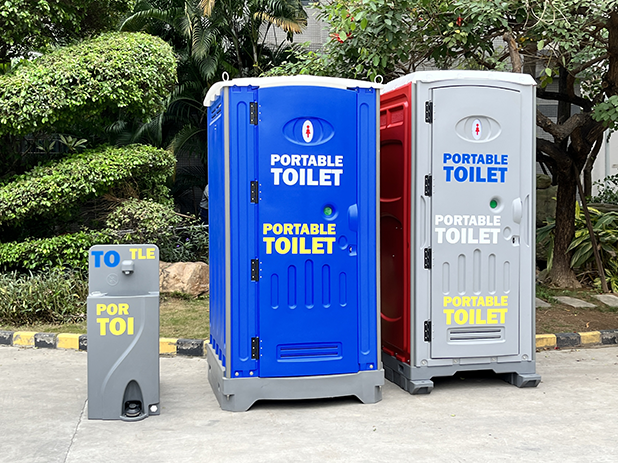
The portable toilet industry is a critical yet often underappreciated component of modern infrastructure. It provides essential sanitation solutions in a wide range of settings, from construction sites and outdoor events to disaster relief operations. As the industry continues to evolve, driven by technological advancements and growing environmental awareness, it is poised to play an even more important role in ensuring public health and hygiene worldwide. Despite the challenges it faces, the industry's future looks bright, with ample opportunities for growth and innovation.


